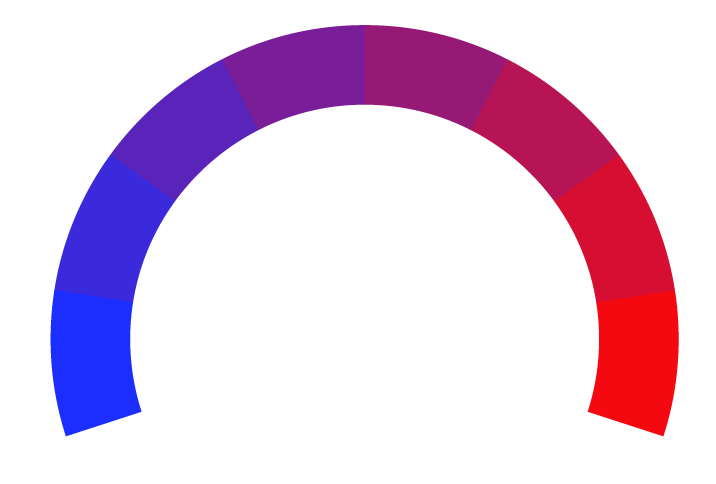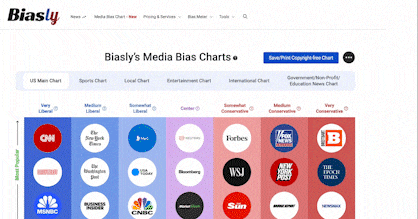Ohio voucher program: Data shows nearly 90% of participants are not low-income
- Bias Rating
- Reliability
55% ReliableAverage
- Policy Leaning
6% Center
- Politician Portrayal
N/A
Continue For Free
Create your free account to see the in-depth bias analytics and more.
By creating an account, you agree to our Terms and Privacy Policy, and subscribe to email updates.
Bias Score Analysis
The A.I. bias rating includes policy and politician portrayal leanings based on the author’s tone found in the article using machine learning. Bias scores are on a scale of -100% to 100% with higher negative scores being more liberal and higher positive scores being more conservative, and 0% being neutral.
Sentiments
1% Positive
- Liberal
- Conservative
| Sentence | Sentiment | Bias |
|---|---|---|
Unlock this feature by upgrading to the Pro plan. | ||
Reliability Score Analysis
Policy Leaning Analysis
Politician Portrayal Analysis
Bias Meter
Extremely
Liberal
Very
Liberal
Moderately
Liberal
Somewhat Liberal
Center
Somewhat Conservative
Moderately
Conservative
Very
Conservative
Extremely
Conservative
-100%
Liberal
100%
Conservative

Contributing sentiments towards policy:
56% : Ohio's K-12 voucher program has made headlines recently as lawmakers consider trimming millions in state funds for public schools while expanding funds for state vouchers.56% : Further, according to a report from the General Assembly, 17% of EdChoice-Exp scholarships go to the state's top earners, all making more than $200,000 per year.
53% : That means fully and fairly funding public schools rather than handing out vouchers to private or unregulated charter schools," State Rep. Anita Somani (D-Dublin) said.
35% : Many Democratic lawmakers, public school advocates and teachers' unions point to state data like this to say vouchers no longer help low-income students and instead defer money from public schools.
*Our bias meter rating uses data science including sentiment analysis, machine learning and our proprietary algorithm for determining biases in news articles. Bias scores are on a scale of -100% to 100% with higher negative scores being more liberal and higher positive scores being more conservative, and 0% being neutral. The rating is an independent analysis and is not affiliated nor sponsored by the news source or any other organization.























